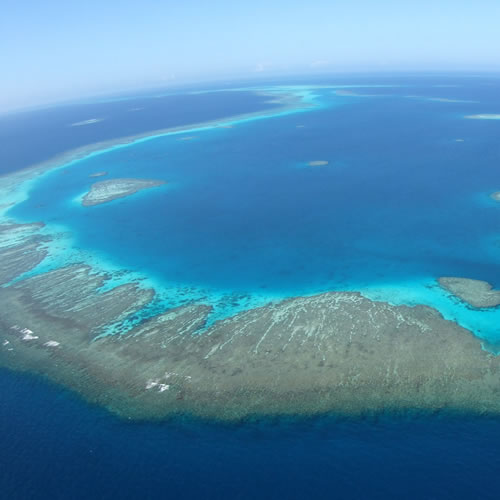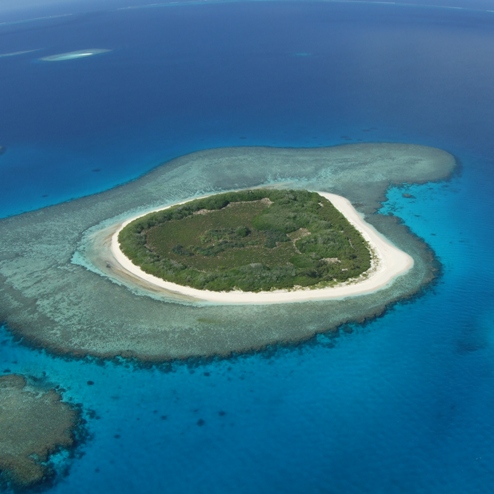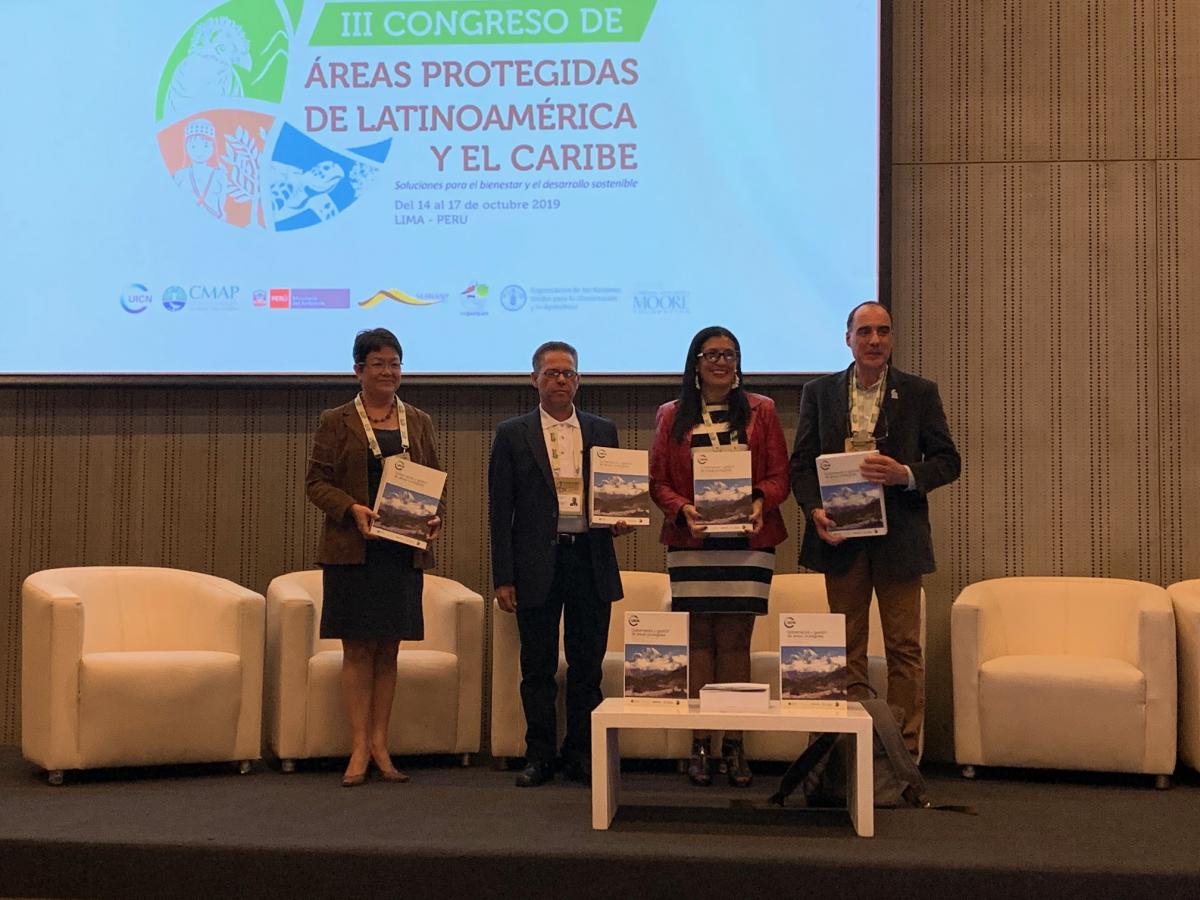Keep the Lagoons of New Caledonia intact
An IUCN-led monitoring mission to the Lagoons of New Caledonia in the French Pacific Ocean archipelago, will look at how the site is managed, evaluate the impact of mining activities in the buffer zone and identify no-take zones.
Inscribed on the list of World Heritage Sites in 2008, the tropical lagoons and coral reefs of New Caledonia are an outstanding example of high diversity coral reef ecosystems and form one of the three most extensive reef systems in the world. They are home to 900 varieties of coral, a number of threatened fish, turtles and marine mammals, including the world’s third largest population of dugongs. In July and August the southern lagoon is a favourite breeding ground for humpback whales.
“Making sure that this unique site is well protected and that coral reef ecosystems remain intact is at the heart of IUCN and UNESCO’s work,” says Josephine Langley of IUCN, who is leading the monitoring mission on the island. “Protecting large areas in the form of no-take zones where no fishing takes place will help maintain heathy reefs, which are much needed to adapt to climate change and ensure areas where fishing takes place remain healthy and continue to provide food for the people of New Caledonia.”
The aim of the follow-up mission, the first after the site has been added to the World Heritage Site list, is also to evaluate the progress in monitoring the property and the level of involvement of the Kanak community in its management. “The voice of the local community should be heard and their traditions and knowledge are important to the management of these diverse lagoons,” says Langley.
A report from this monitoring mission will be finalised and provided to the UNESCO World Heritage Committee during its next meeting in Bahrain in June this year.
For more information, please contact:
• Nicki Chadwick, Media Relations Officer, IUCN, t +41 22 999 0229, e nicki.chadwick@iucn.org



